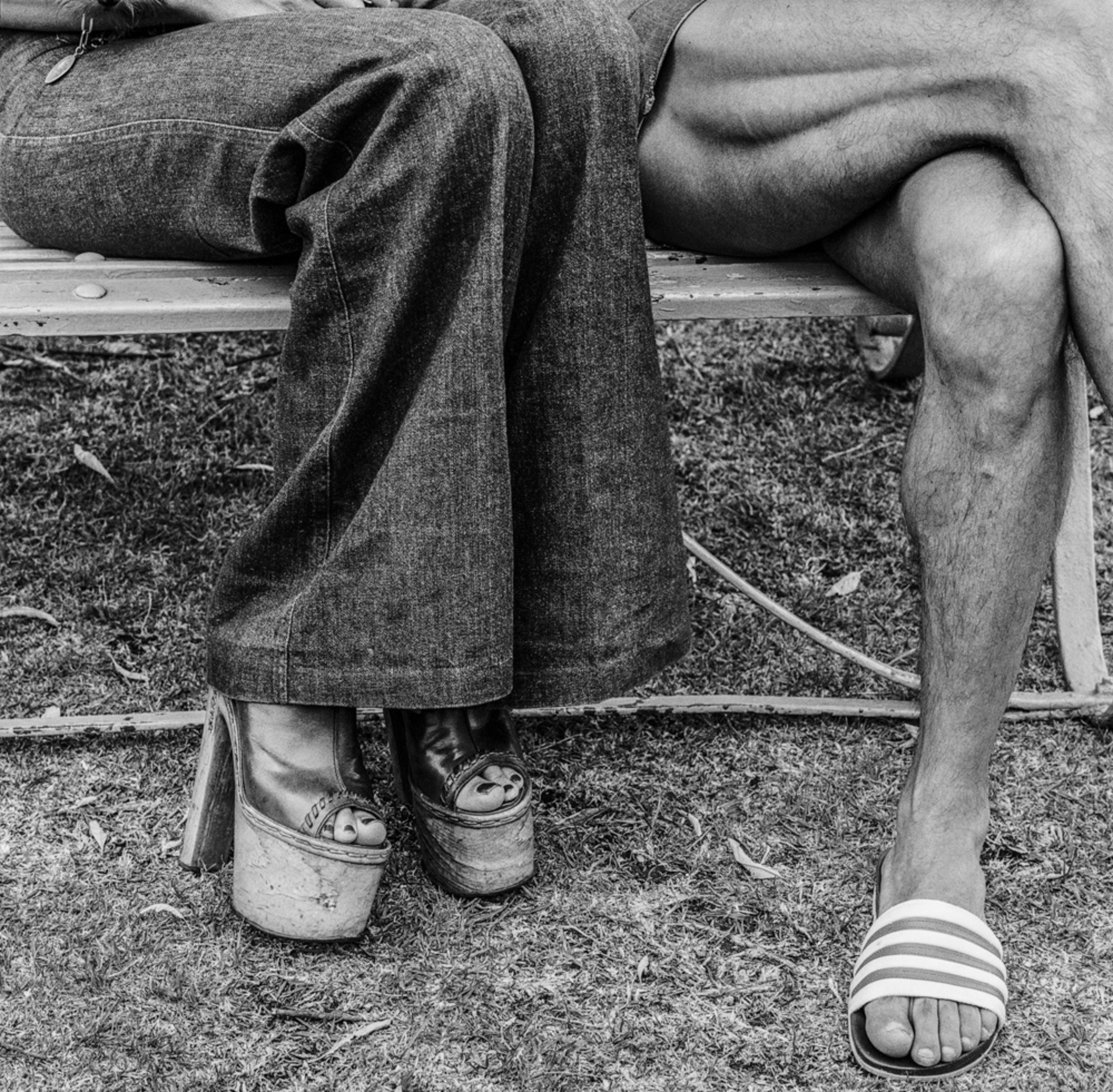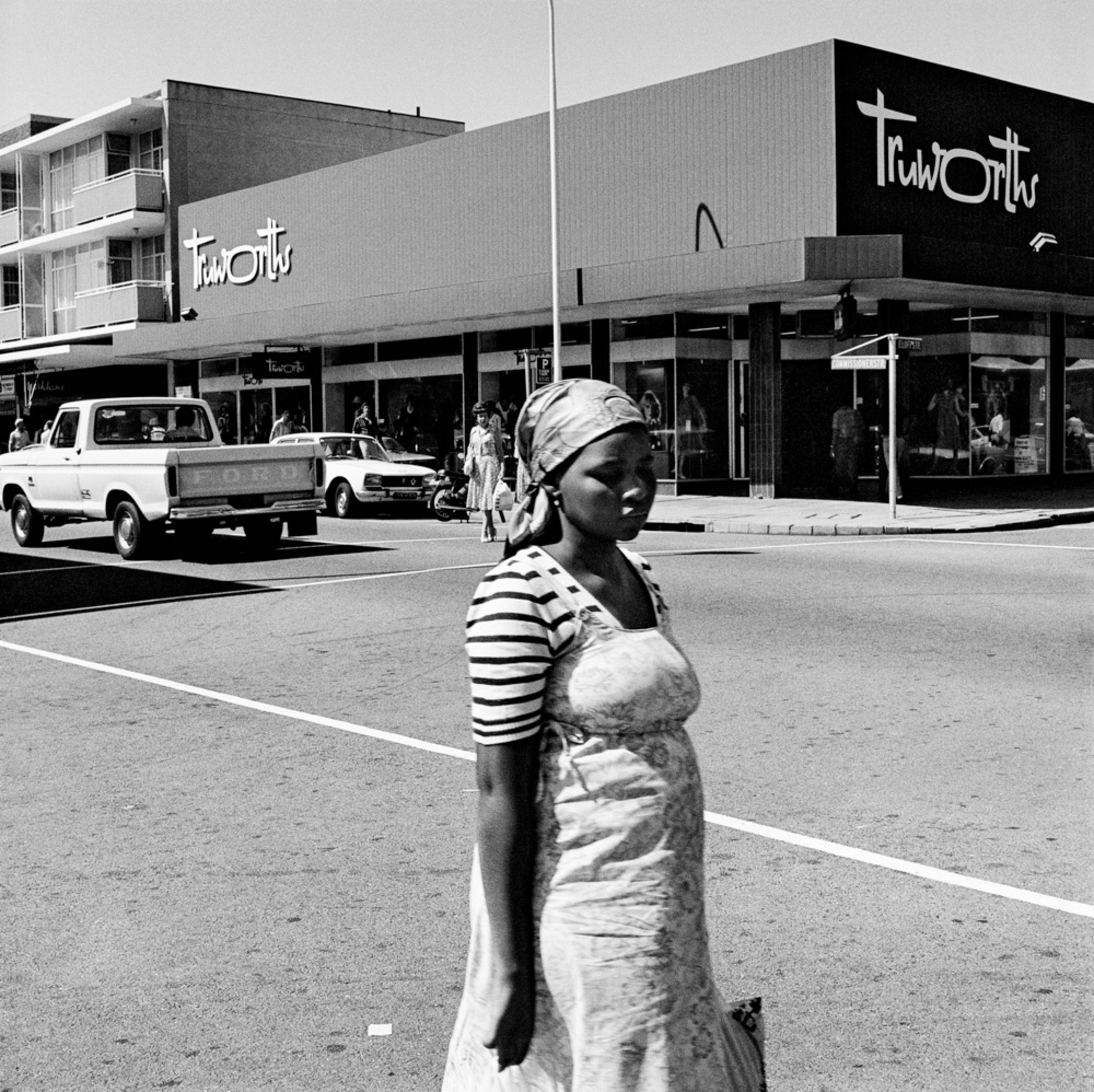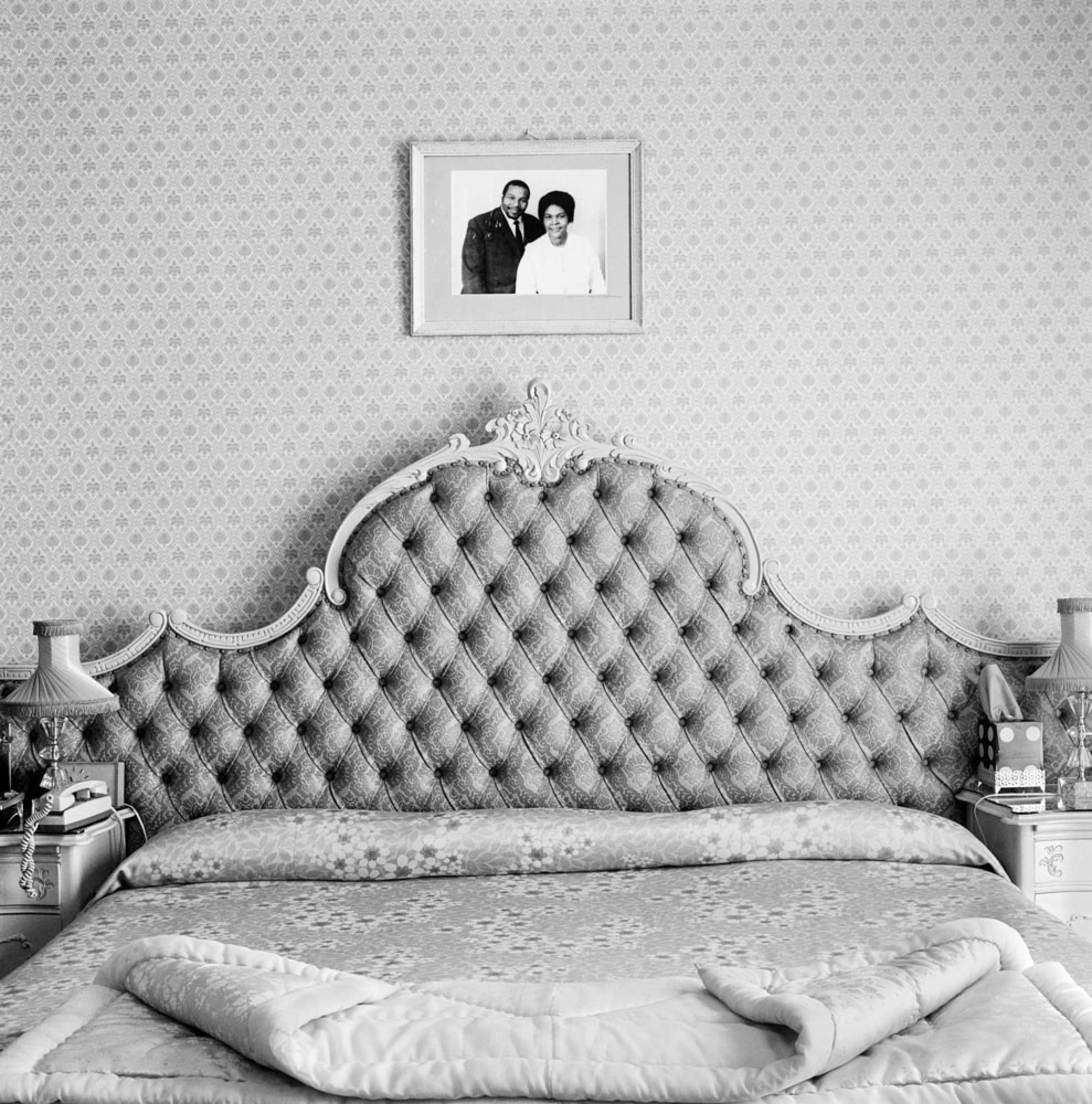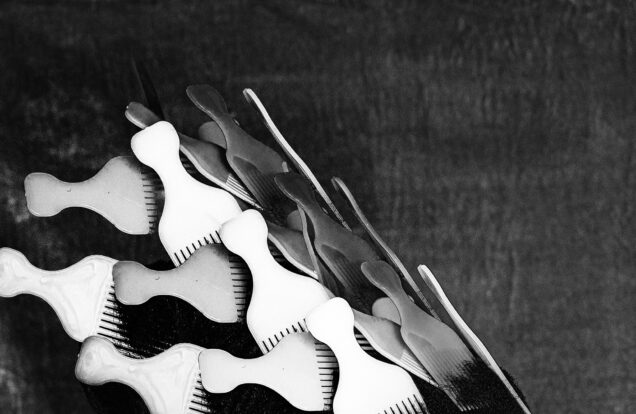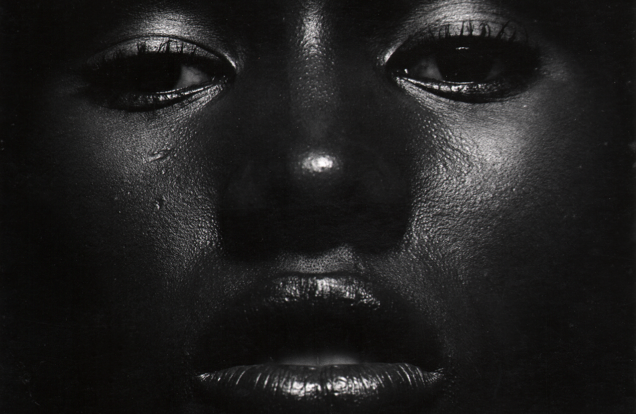DAVID GOLDBLATT ON APARTHEID
Zanelle Muholi Curates at Pace Gallery
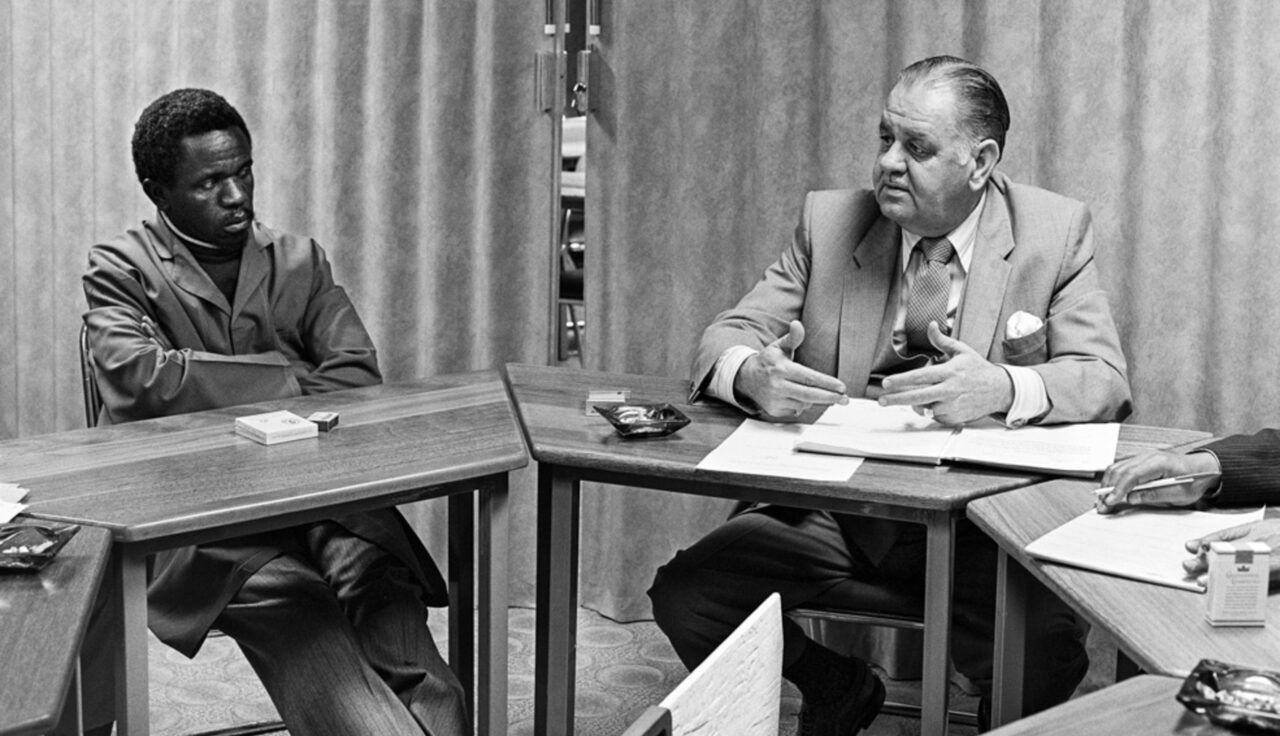
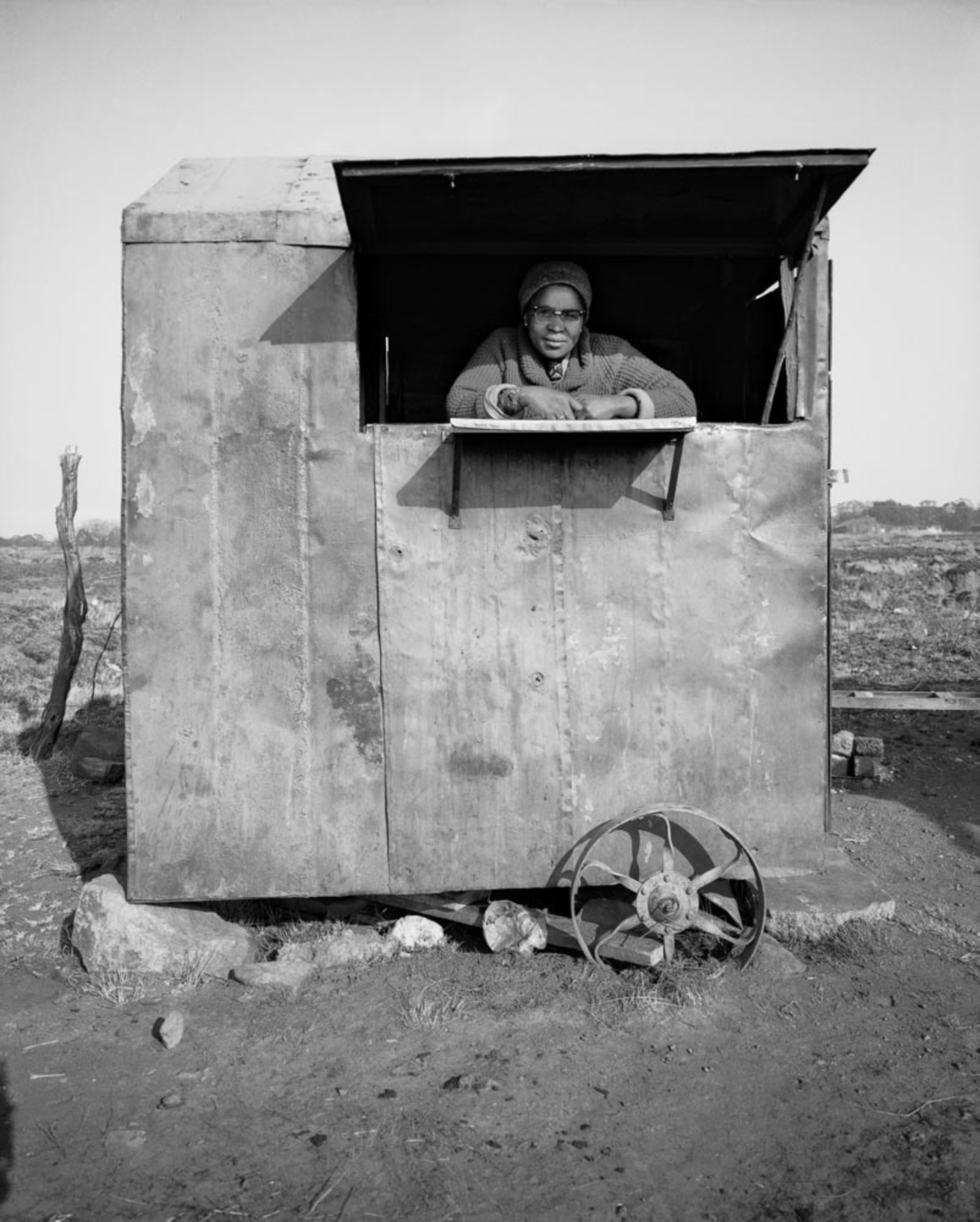
David Goldblatt was a South African photographer who documented the effects of apartheid in his home country. His body of work rarely includes pictures of the violent and tumultuous confrontations that were commonplace during the injustice of segregation. “I’m not interested in events as such as a photographer,” he told the photography site ASX in 2013. “As a citizen of the country, yes, of course, I am. But as a photographer, I am interested in the causes of events.” Goldblatt, instead, focused on the complexities of everyday life, the subtleties, and the nuances of apartheid’s insidious effect on the existence of communities of color.
David Goldblatt was 87 when he died in 2018. Born in 1930 in a small mining town outside of Johannesburg, his grandparents fled Lithuania to South Africa in the 1890s seeking refuge from the persecution of Jews. He began taking pictures as a teenager chronicling South Africa’s social and political upheavals.
A new exhibition, David Goldblatt: Strange Instrument at the Pace Gallery in NYC brings together 45 photographs documenting South Africa at the height of apartheid, between the early 1960s through the end of the 1980s. “I am a self-appointed observer and critic of the society into which I was born, with a tendency to giving recognition to what is overlooked or unseen,” shared Goldblatt with The Conversation.
The exhibition is curated by artist and activist Zanele Muholi, a friend and mentee of Goldblatt’s. Muholi was first introduced to Goldblatt in the early 2000s through the Market Photo Workshop, a school in Johannesburg dedicated to contemporary photography. She points out that “photography is about accessibility “ and “I, as a black person, would not have had access to those spaces and the people that [Goldblatt] had the opportunity to photograph.”
Goldblatt was known for attaching extensive captions to his photographs, which almost always identify the subject, place, and time in which the image was taken. These titles play a vital role in exposing the visible and invisible forces through which the country’s policies of extreme racism and segregation shaped the dynamics of life. Goldblatt’s titles also lend dignity to the people and places he photographs. Muholi grouped the works in the show into subjects such as Nurturing, Sleep, Friendships, Textures, Poverty, and Pulse, to reflect the image alongside the historical information contained in the caption.
“The camera is a strange instrument. It demands, first of all, that you see coherently,” said Goldblatt in an interview with Art21. “It makes it possible for you to enter into worlds, and places, and associations that would otherwise be very difficult to do.”
David Goldblatt: Strange Instrument at the Pace Gallery in NYC runs through March 27, 2021.
